It’s painful.
You write a high-quality blog post. Then after meticulous polishing, you publish it. You schedule updates at peak engagement times from your social media accounts.
You hope that the update gets liked, shared and retweeted hundreds of times.
But your social network updates manage only a handful of likes and tweets.
The tweet gets lost in the sea of tens of thousands of tweets sent every second.
Grrrrr.
A value-adding post just isn’t enough. Even writing a powerful blog headline doesn’t guarantee success on social media.
So what’s your best bet?
You’ve got to package your update with a post title that suits each social media platform.
Your target audience hangs out on different social media with different motives and you need to serve them as per the platform requirements. Only then will your content distribution efforts bear fruit.
That might mean serving self-explanatory images on Instagram or requesting a retweet explicitly on Twitter.
Understanding your audience preferences on different social network platforms in this manner can become a daunting task.
I feel your pain.
But you need not worry.
In this article, I’ll share strategies for tailoring your updates to major social network platforms – Facebook, Twitter, Google+ and LinkedIn.
But first, let’s look at why you need to write catchy headlines for different social media in the first place.
Why the title of your blog post is the most crucial element for increasing its shareability?
Tailoring your content type to meet your audience’s demands is alone taxing.
Writing and testing different blog headlines for each social network platform is even more time-consuming.
Here are 5 reasons that prove the significant role headlines play on social media. Hopefully, you’ll feel motivated to put the effort in after reading them.
Web users scan headlines – Our average attention span is less than that of a goldfish.
Compelling content isn’t a ticket to higher click through rates on your social media updates.
Be it a search engine result or a post in the Facebook timeline, people determine if your content is worth their time in a split second.
Forget reading or scanning your article. The information overload has led readers to scan even the headlines.
Headlines are worth 90% of the advertising dollar – The post title is possibly your only interaction with your audience.
David Ogilvy believes that your body copy is read 1/5 times the number of people that read your headline.
So a catchy headline will not just improves your CTR. It also starts interaction with the user on a positive note.
If your content keeps the promises you made in the headline and conveys your value proposition clearly, you nail your first impression.
You also dramatically increase the probability that the user stays longer on your website (follows a negative Weibull distribution).
A catchy headline can get your article shared thousands of times – In the noise of 2 million plus blog posts published every day, how many do you think get more than 100 shares?
Not many.
As per CoSchedule and Buffer’s research on 1 million headlines, 89% of created content does not even cross this 100 share mark.
But, you can even get in that top 1% bracket – get thousands of shares on every article you write.
How?
By crafting a seductive blog headline.
Automated content curation is more common than you think.
Think of the last 5 article tweets you favorited.
Did you read every article before pressing the favorite button (now called the like button)?
Probably not.
An exceptional post title can get your article shared on social media, even before its read.
Web-users read (roughly) in an F-shaped pattern – Eye-tracking visualizations have found that on the web, users generally read in two horizontal movements followed by a systematic and slow vertical scan.
Scannable writing with headlines, subheadings and bullets that are front-loaded with information are appreciated by users on social media.
99% of organic social posts receive no engagement – Remember I told you that your update competes with thousands of others sent every minute on various social network platforms?
Social Flow (a social media optimization platform), in its study of 1.6 million organic social posts from Twitter, Facebook, and Google+ found that 99% of them received little to no engagement.
Updates disappear from your feed and streams within minutes.
Wisemetrics found that the median engagement point for Twitter is 24 minutes and 90 minutes or Facebook.
Sending the same update more than once is a good strategy to reach more of your fans and touch different time zones.
But without an attractive blog headline, your update won’t capture the attention of users in the immense amount of social clutter generated every minute.
It turns out that some publishers have mastered the virality puzzle. They manage to get millions of pageviews, mostly via social media.
So our best chance is to study the content type of viral websites like BuzzFeed, ViralNova and UpWorthy.
Their blog posts consistently receive huge engagement (thousands of likes and hundreds of shares as well as comments) and also stand out within search engine results.
I’ll dive into headline writing strategies for different social network platforms later. First, let’s look at research conducted on viral websites and figure out what content type and tactics work for them.
Actionable takeaways from the most shared viral headlines at BuzzFeed and other viral websites
What do you think is the difference between 1 million and 17 million video views?
It’s merely tweaking your blog headline.
No, I’m not joking.
UpWorthy has actually achieved this feat.
If you can understand your readers’ preferences, you can make smarter decisions. The best way to go about comprehending user behavior is by testing your headlines, collecting data and optimizing.
For Example:
- BuzzFeed found that color images relay information faster than black and white ones and so they also perform better.
- Images in which you can see the entire body perform worse than the ones where you can just see the upper body.
UpWorthy writes 25 headlines for each of their articles (or at least they did in the past). Then they A/B test the top two post titles to find their best performing headline.
Let’s dig into the findings from two studies conducted on viral headline-writing websites to spill their secrets.
The most common words in 3,016 headlines from 24 websites
The guys at Buffer and Ripenn analyzed top headlines from BuzzFeed, ViralNova, UpWorthy, Wimp and 20 other websites.
And it turns out there is a pattern.
Beyond the use of articles, prepositions and pronouns, viral headlines also extensively use some uncommon words. Here is a breakdown.
I always emphasize on speaking to your audience in a conversational tone.
No wonder the words “you” and “your” both get a berth in the top 20.
Let’s review some other words.
Lists – 19% of headlines had a number. Lists and data-backed headlines are heavily consumed, probably because of their perceived practical value.
This – Draws specificity on the subject and creates an immediacy for the user to click on the article. ‘This is’ also tops the most popular two-word phrases list.
Example: “This Short Film Shows Just How Terrifying Life Is For LGBT People In Russia”
What, Which, When and Why – The four W’s are lifesavers in many creative exercises like songwriting. In the case of question headlines, the reason for their effectiveness in a post title is possible because they evoke our curiosity.
Examples:
“What Character from “It’s Always Sunny In Philadelphia” Are You?”
“16 Legitimate Reasons Why Valentine’s Day Is The Worst”
Video – Visuals continue to get extensively consumed on the internet. A video can increase your engagement and conversions.
It’s natural that the word ‘video’ (bracketed or not) gets more clicks/shares.
Example: “I Just Saw More In 3 Minutes Than I’ve Seen In 3 Years. This Guy’s Video Is Epic.”
How to – Education and Instruction. That’s the promise of a how-to headline.
Websites like WikiHow have built a complete content business using these headlines and delivering value-adding content. How-to is also number 3 on the most popular two-word phrases list.
Example: “How to create chocolate out of nothing.”
For your reference, here are the most popular 3-word phrases in viral headlines.
The secret sauce to how BuzzFeed gets readers to click their articles…
We like to think that we’re rational beings. But, many of our decisions are performed emotionally and within a split second.
Daniel Kahneman in his book “Thinking, Fast and Slow” mentions our two modes of thought.
- System 1 is subconscious, emotional, instinctive and fast. Most of our time is spent thinking in this system.
- Whereas system 2 is slower, deliberative, conscious, effortful and logical. It’s called into play only if there is complex information that requires processing and effort.
As per Sonya Song’s research at Nieman Lab, when browsing social media, we are in a state of unconscious attention (system 1 is at play).
We’re in a relaxed state of mind, quickly browsing through streams of photos. So, big colorful photos will attract your attention.
All of this is cool….
But you might be wondering how does BuzzFeed relate to this?
BuzzFeed has mastered the art of both fast and slow thinking.
Most of their stories use uppercase letter headlines, attractive pictures and are written in very simple language.
Such entertaining blog posts get the attention of an average social network user. Not surprisingly, BuzzFeed gets huge engagement on social media.
On the other hand, BuzzFeed has also invested heavily in data-backed investigative journalism, hiring the likes of Pulitzer Prize-winner Chris Hamby.
The format for telling these investigative stories is visualization heavy. So, in a way, they’re producing a thoughtful content type that engages their audience in slow thinking, yet is specially tailored for their fast thinking audience.
As the complicated stories engage the readers in slow thinking, they actively engage with the content – commenting and sharing their feedback on the blog post.
And the more the time a user spends on a website, the higher his probability of returning.
How to write compelling social media updates: data-backed strategies
CoSchedule did an analysis of the relationship between a headline and its likelihood of getting shared on social media.
Here are its 3 major findings:
Headlines that receive more than 1000 shares most often belong to these 3 categories – food, lifestyle, and home.
So if you’re a business or gadget blogger, you need not worry about receiving less traffic and shares than your peers in lifestyle or other consumer-facing industries.
You only account for 14% of the world’s most viral content.
Post titles that are emotionally charged received a higher number of shares. You can find out your headline’s emotional value score (EMV) using this free tool.
30-40 is a healthy EMV score for better shareability. Tweak your post title and load it with emotional words to get a better shot at going viral or at least driving higher engagement.
3. The audience demography, motives and overall personality on different social media governs shareability.
Don’t make the mistake of taking a one-size-fits-all approach.
Virality has a different meaning on Facebook, Twitter, LinkedIn, and other social network platforms.
The most popular blog headlines are different for every social network.
And the common words in viral headlines for each network are also different.
By now, you must be convinced that a successful blog post relies heavily on it’s post title.
So, would you be interested in proven strategies that fuel sharing on different social network platforms?
I thought so.
Let’s start with a quick overview of the 4 U’s preached by American Writers and Artists Inc. in writing headlines.
Urgency – People must feel like they will miss valuable information if they drop away after reading your blog headline.
If they don’t feel this urgency, there are tons of other articles waiting to grab their attention.
Usefulness – “What’s in it for me?” That’s a pertinent question asked by a consumer before spending time on any activity.
You should try to convey the practical applications of reading your article to the user in the blog headline.
Ultra-Specificity – You can use statistics and data to establish trust as well as demonstrating your authority.
Further, if you clearly state some specific benefits of reading your article, your audience will be more likely to dive into your body copy. This tactic can also help your blog post be attractively clear in search engine results.
Uniqueness – Stand out and show your personality. That’s the easiest strategy to gain the immediate attention of your readers. Embrace your weirdness or funny side.
I hope that you now feel more confident in writing engaging post titles on social media.
But, the elements of a compelling blog headline go on beyond the words on all social network platforms.
Facebook gives you the option to share your update in various forms – links, photos, polls, videos and more. You get tons of formatting flexibility.
Using the social media platform’s native capabilities is essential to increasing the number of shares on your posts.
Let’s explore the unique facets of 4 social network platforms (Twitter, Facebook, LinkedIn and Google+) one-by-one.
The micro-blogging network requires you to take a no-nonsense approach. You have to keep the 140 characters in mind along with leaving some space for @mentions and retweets.
The optimal length for getting higher engagement (reply rate and retweet rate) is 71-100 characters.
Buffer found their sweet spot between 80-120 characters. Here is a graph of their engagement for 150 tweets.
You can use this formula to plot your engagement graph on a spreadsheet.
The character limitation does not mean that you can sacrifice grammar and punctuation while tweeting.
Dan Zarrella suggests the words ‘you’, ‘please retweet’ and ‘download’ to increase your chances of getting retweets and improve your CTR.
Here is a list of the top 20 words.
Twitter itself supports that ‘download’ and ‘retweet’ are the most effective call to actions.
You can tag up to 10 people in a photo on Twitter and increase your chances of getting RTs.
The ideal length of a hashtag is 6 characters. But use them sparingly, because tweets with more than 2 hashtags show a 17% drop in engagement.
A good tweet will draw attention or pique the curiosity of your target audience. It will also create an urgency to get clicks on the link to your blog post.
Examples:
- No, you can’t become a millionaire. 7 reasons why. [link to the article]
- Want to know the features of a high-converting landing page? Download our free guide: [link to the article]
Bonus Tip: It’s frustrating to write a blog post that you later find wasn’t in demand.
How about testing your the idea of your blog post before working on it?
If you have a considerable Twitter following, you can validate your blog post idea (before writing) by using Andrew Chen’s formula.
Facebook was a premium location for marketers to interact with their audience, before the organic reach decline.
But you can still drive considerable traffic from the platform of this by sharing compelling updates using the strategies below.
The latest studies show that the engagement from links currently triumphs photos and other type of updates on Facebook.
Maintain a professional look by removing the URLs from the link updates you post.
You can try links. But keep a good content mix and dig into your data from Facebook Insights to find what’s most engaging for your audience.
Posting pictures to Facebook works well, if the pictures are self-explanatory.
It might mean writing captions on photos like Sportskeeda.
Or just a clearly communicating picture like the one Buffer posted below.
Facebook is a conversation platform and, according to Dan Zarrella, self-referencing, using words like ‘I’ and ‘me’ will get you more likes on Facebook.
As per KISSmetrics, shorter posts (within 80 characters) get 66% more engagement. So restrict yourself to using a couple of descriptive lines when posting on Facebook.
Also be wary of your link title lengths. They get truncated in the feed after 100 characters.
Andrew Chen’s article testing formula with a quote (or headline) from a prospective article can be leveraged on Facebook as well.
Here is an example of Joel from Buffer gauging interest in the subject ‘transparency’ using this formula.
The engagement validated that the article will be of interest to Buffer’s audience.
When they published the article, it received good traction on social media.
LinkedIn is a professional network that has little to no capacity (or apparent audience desire) for cute kitten photos. You should focus on instructional, educational and industry update content on LinkedIn.
It’s the most effective network for lead generation.
Sharing your opinions on a subject in 40-50 words with a link to your article works well on the platform.
The optimal length for a LinkedIn post found by a study conducted on 200 companies was 25 characters.
Here are some tips to create attention-grabbing images:
Be mindful of frequency. 20 updates/month will ensure that you reach 60% of the unique profiles you are targeting. That’s approximately one update every weekday.
How much time should you spend writing headlines and social network updates?
Many bloggers advocate that you should spend an equal amount of time crafting a clever blog headline after writing your main body.
Do you think that’s necessary?
We already saw the emphasis that viral websites like UpWorthy and BuzzFeed place on writing and testing their headlines.
So if you don’t feel confident in your post title, I suggest you to take the UpWorthy’s 25 headlines writing challenge.
Initially, it may take about an hour to write so many headlines. But, soon enough, you’ll become a ninja blog headline writer cranking out multiple seductive headlines for your posts within 5 minutes.
Caitlin at Blinkist (along with a teammate) took up the 25 headlines challenge for 4 articles. They then tested them on Twitter. Here are their results from one test.
I want to inspire you to improve your blog headline writing chops.
So I took this UpWorthy headline challenge myself. Here is my set of 25 headlines for this post that took me around 20 minutes to write.
- How to effortlessly write social media titles that drive traffic
- Easy to implement tips to write persuasive titles for major social media
- Do not write your next social media headline without using these incredibly effective tips
- Are you struggling to write persuasive titles for your social network accounts? Then read this
- The secrets to writing click-worthy social media titles that drive insane traffic
- The complete process to write effective headlines for major social media
- Are your social network posts receiving no engagement? Don’t miss this attention-grabbing headline writing guide
- How to craft compelling social media titles: Headline Writing 101
- Creating eye-catching social media headlines that gets clicks, engagement, traffic, and conversions
- Incredibly effective techniques to write click-worthy social media titles
- Headline Writing 101: The essential elements of a persuasive social media title
- Simple headline writing hacks you can use on your social network accounts
- The effective techniques you absolutely must know to write incredible social media titles
- Avoid getting zero social media engagement: Simple techniques you can use in your next social media update
- The ultimate guide to writing irresistible headlines for major social network platforms
- Don’t post your next social media update without using these incredibly effective headline writing techniques
- Persuasive headline writing for social media: Smart ways to get truckloads of traffic to your website
- Headline writing workshop: Killer techniques to embellish your social media posts
- Super easy ways of writing compelling titles for social media that get clicks
- Writing attention-grabbing titles for social media that even your grandma would click
- Write social media titles that David Ogilvy would be proud of
- The art of writing attention-grabbing social media titles: How to get the lurkers to click on your links
- The secrets of writing killer social media headlines on a daily basis
- How to write persuasive social media titles: The essential guide
- Advanced headline writing tips for social media: Strategies to get more clicks and traffic from social platforms
Headlines 5, 7, 8, 17, 25 were the most stand out for me (besides the chosen one for the article).
Is there another post title you like better than my chosen one for this article?
Conclusion
Tens of thousands of novels worth of blog posts are published every single day on WordPress. Value-adding content is the bare minimum for building a loyal audience and getting shares.
Headlines are the most vital element in your posts, even on social media.
So, write headlines for different social network platforms using the proven strategies I shared in the post.
What kind of headlines works for your audience on social media? And what tools and templates do you use to write headlines?




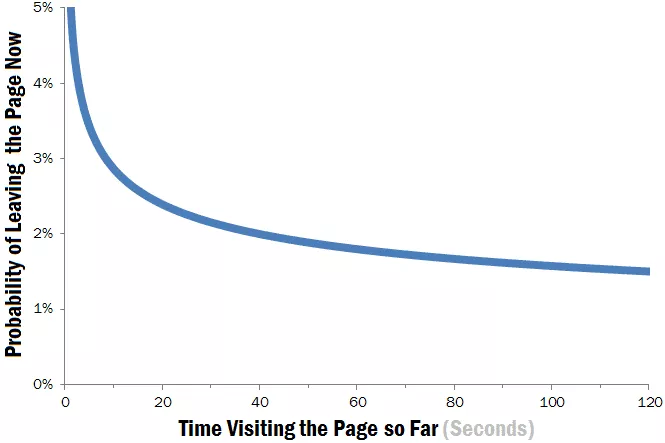
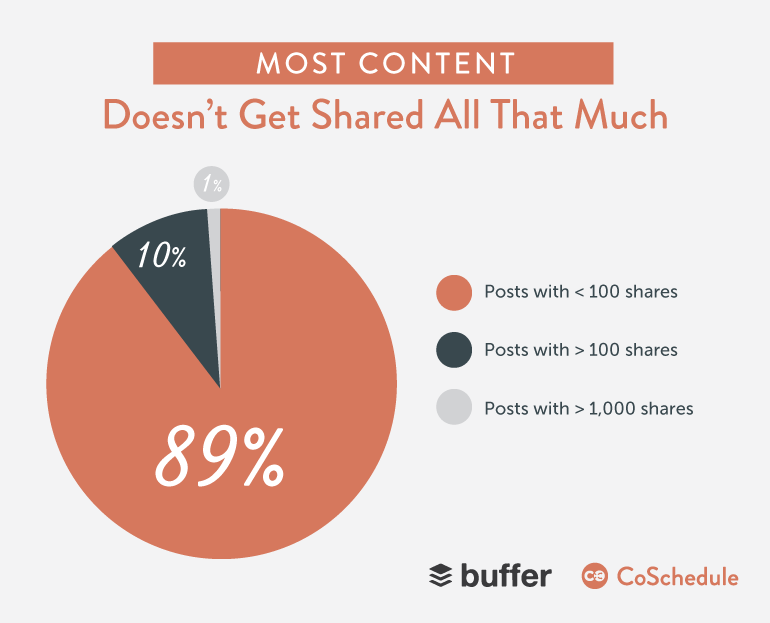



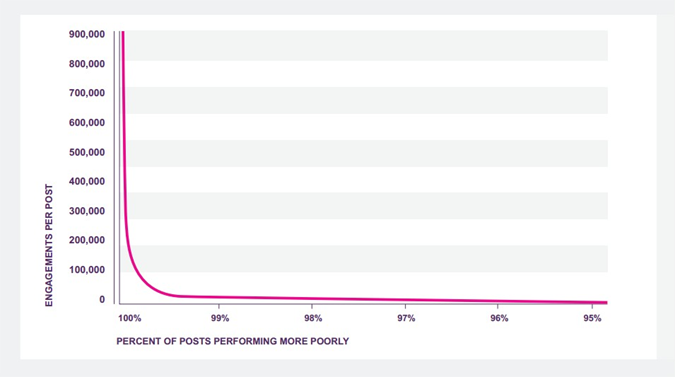
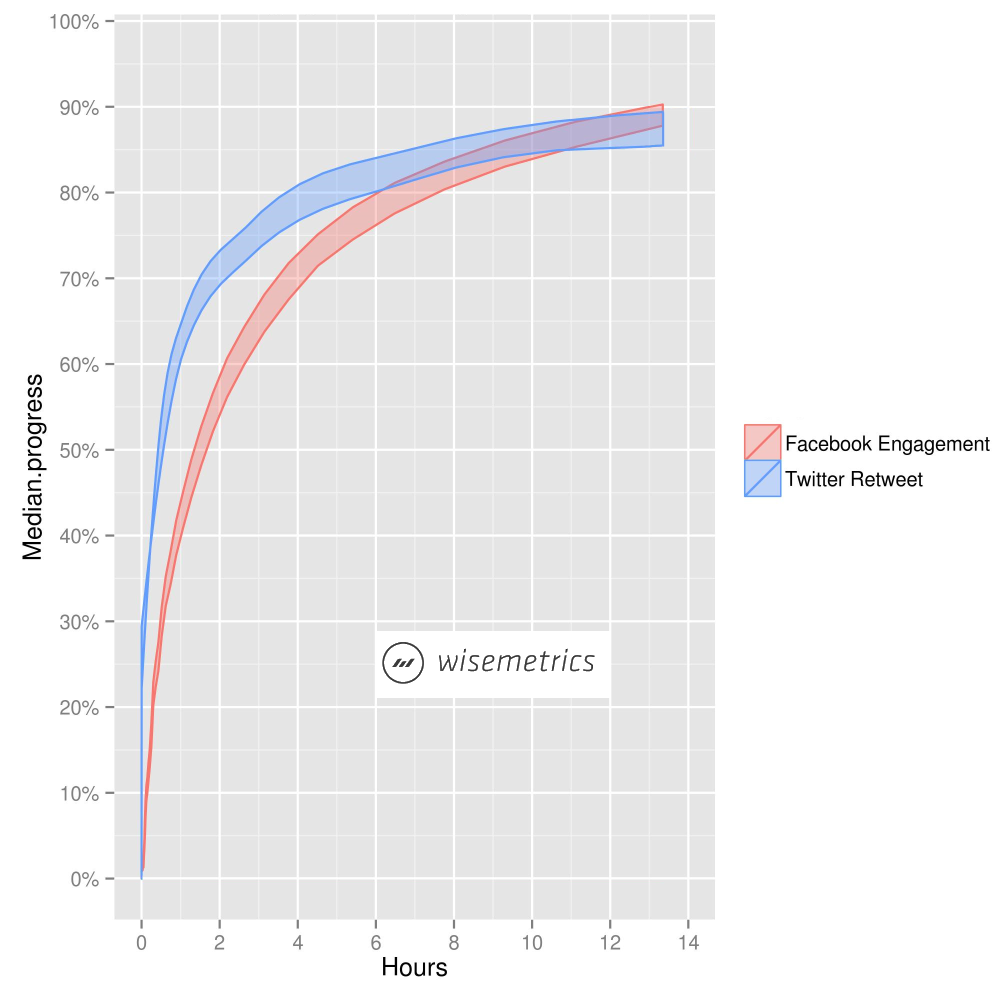
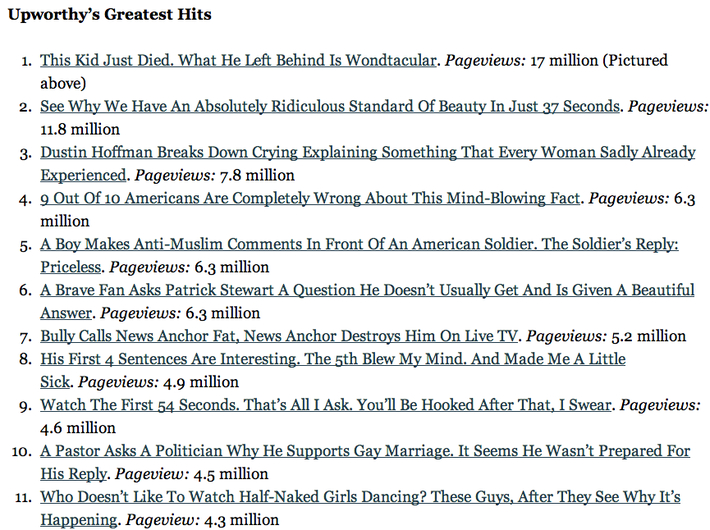

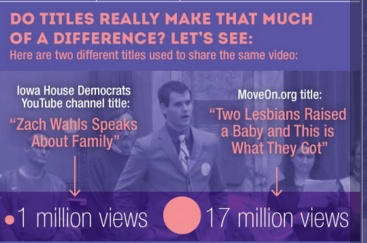
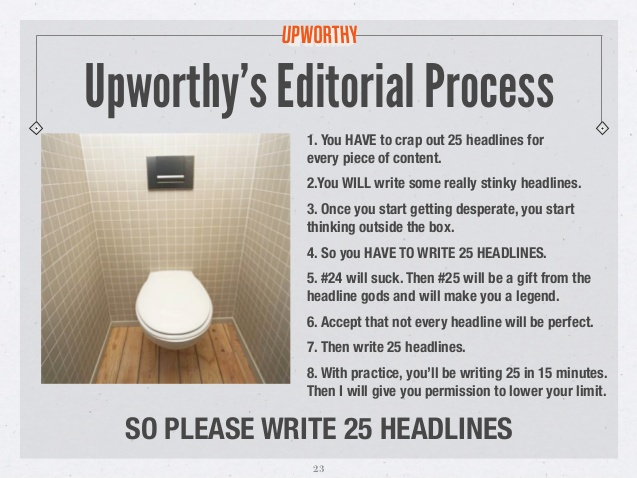


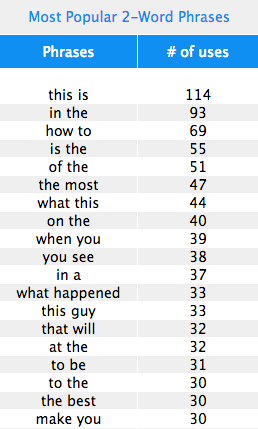
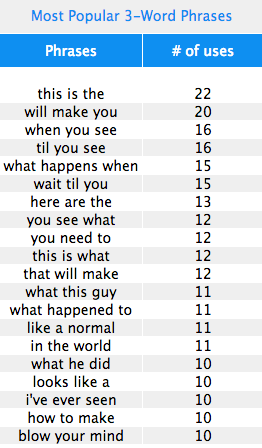
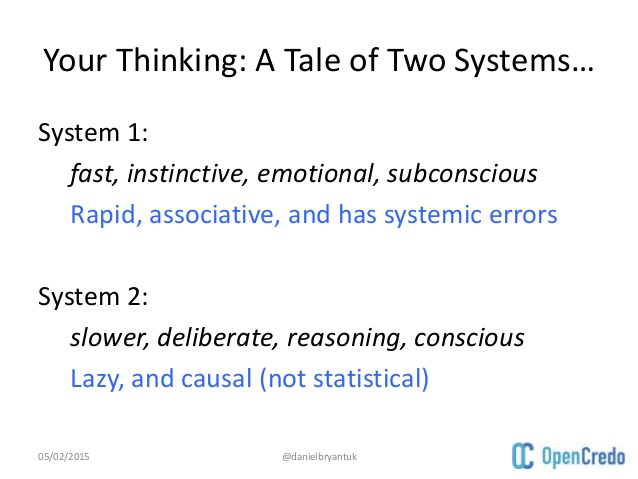

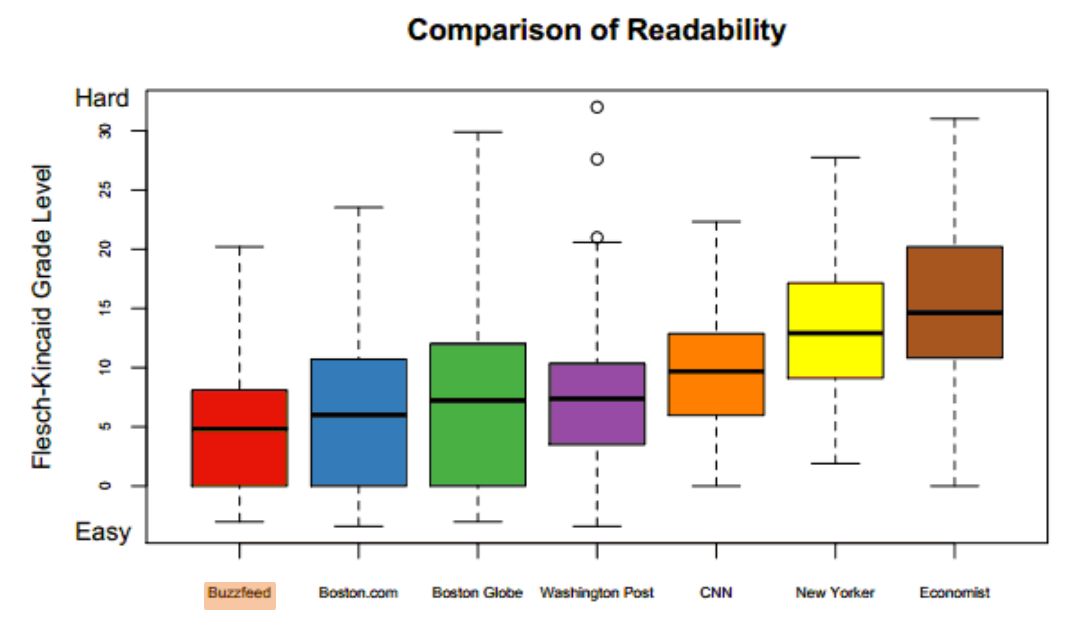
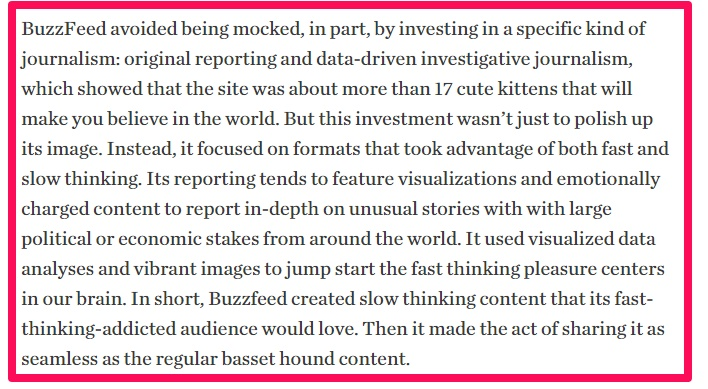

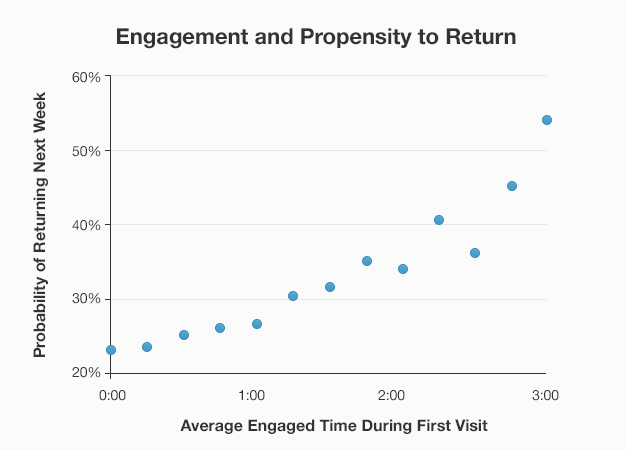

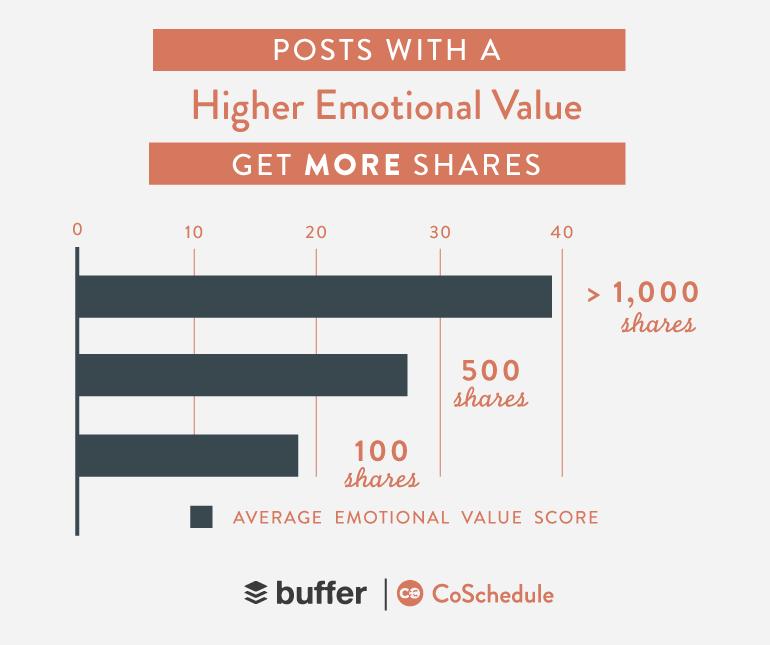

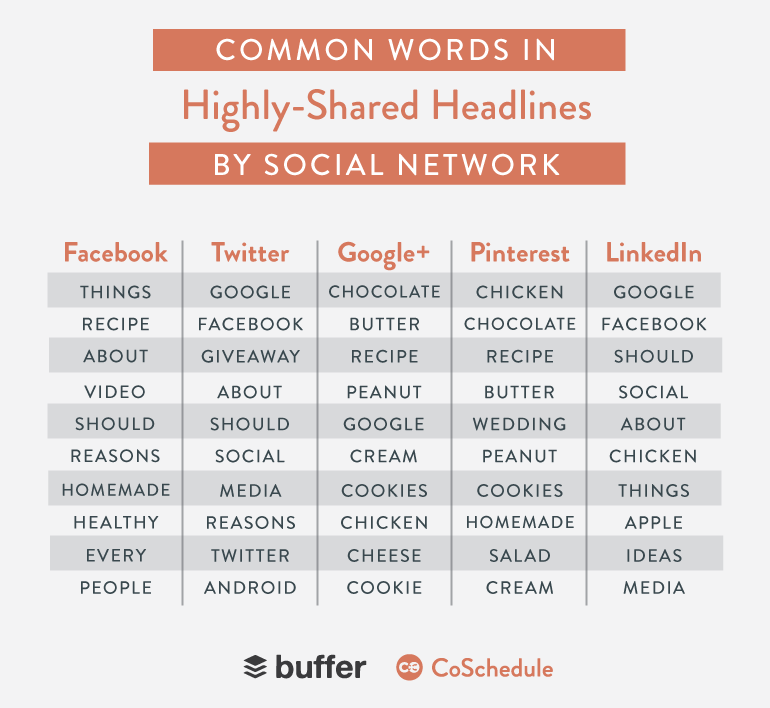
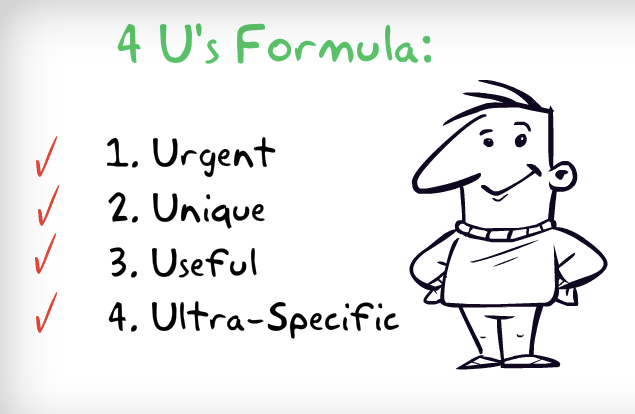
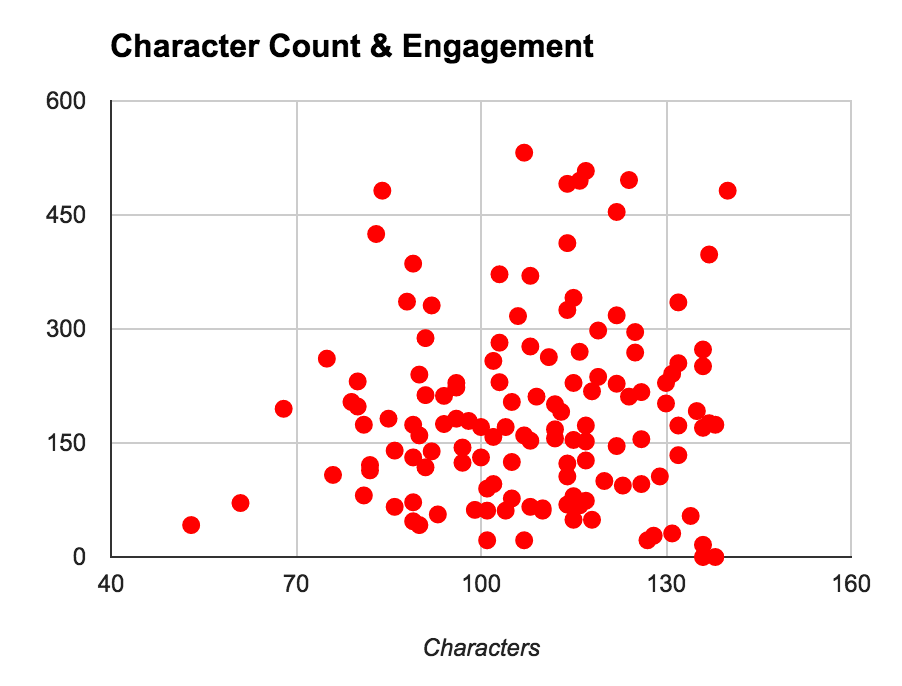
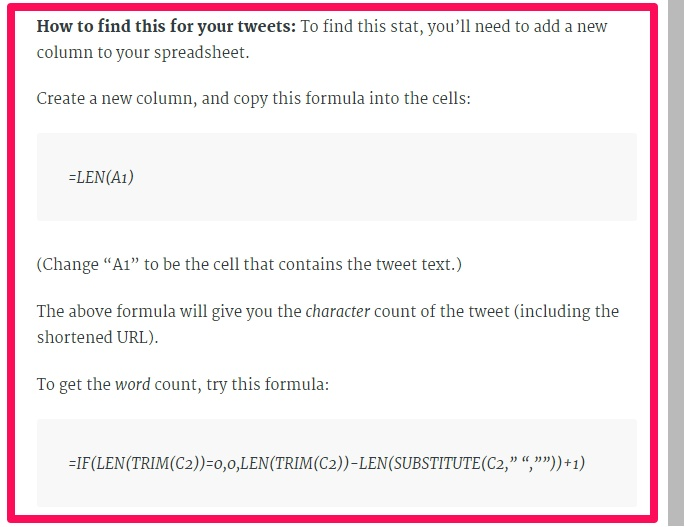
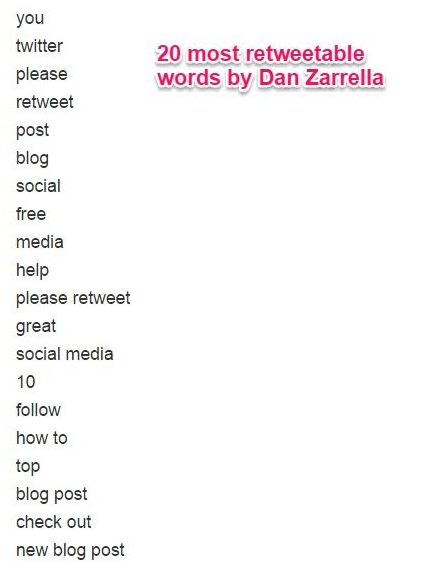


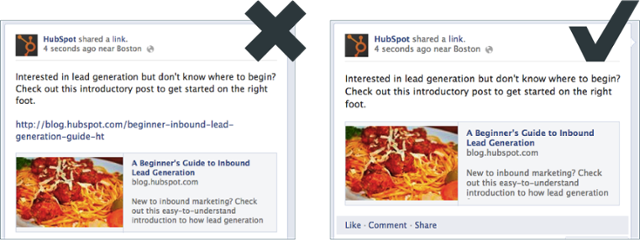
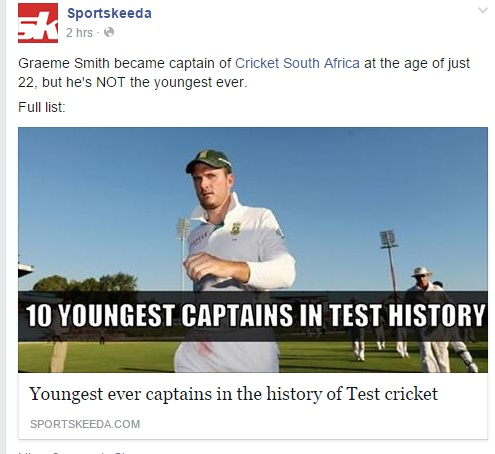

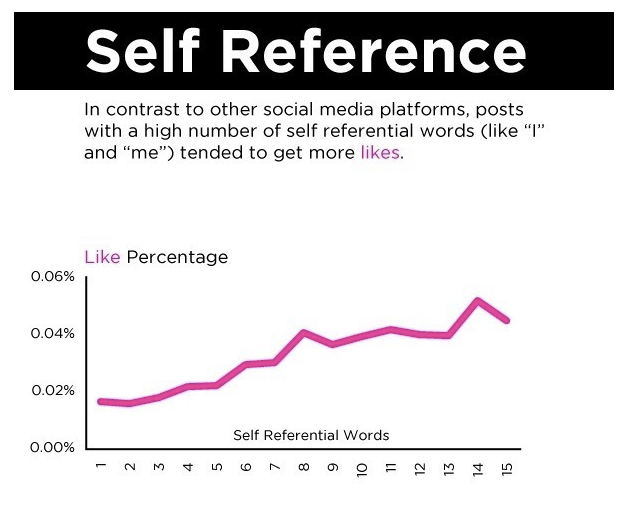
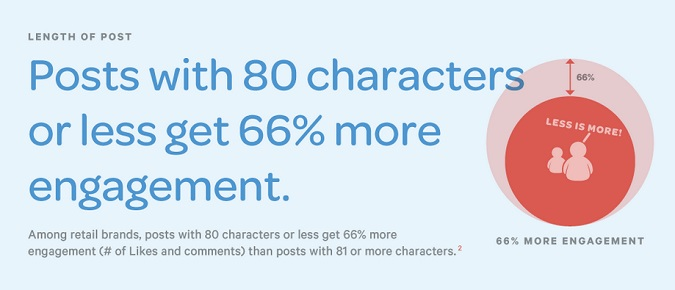
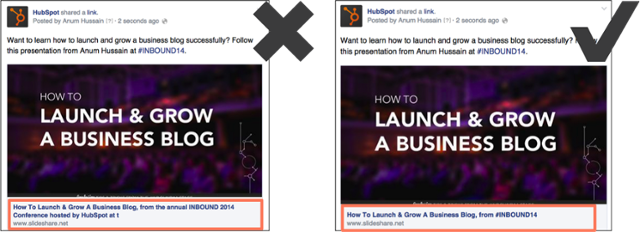

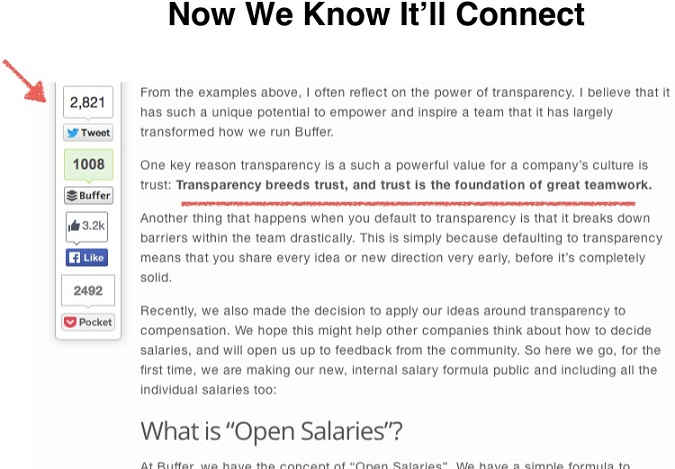
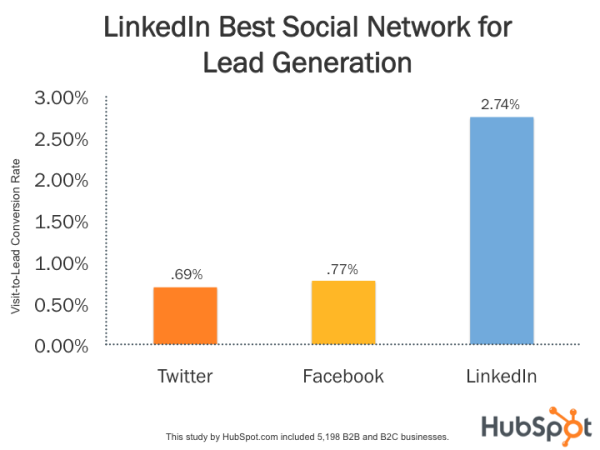
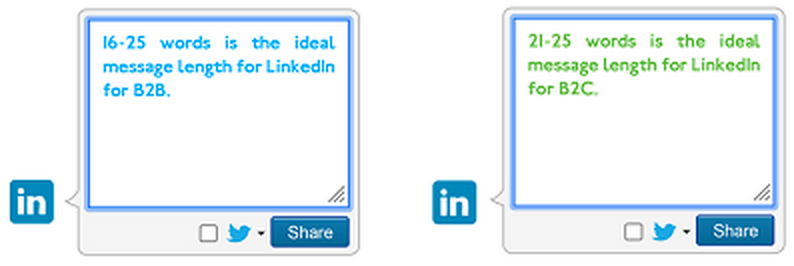

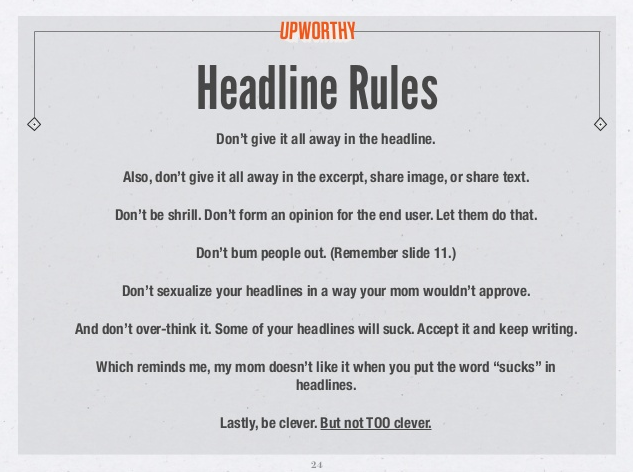
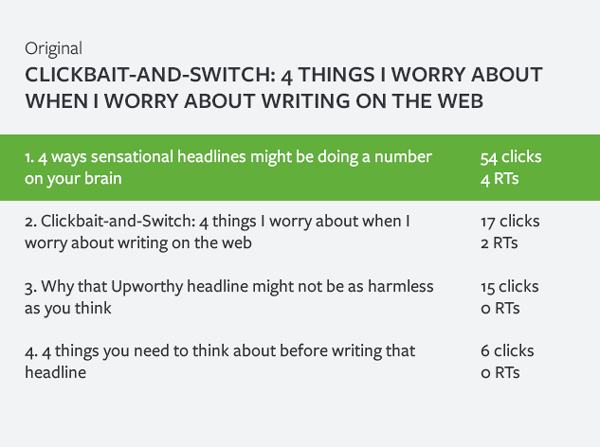
Comments (42)